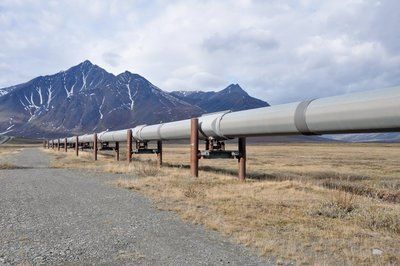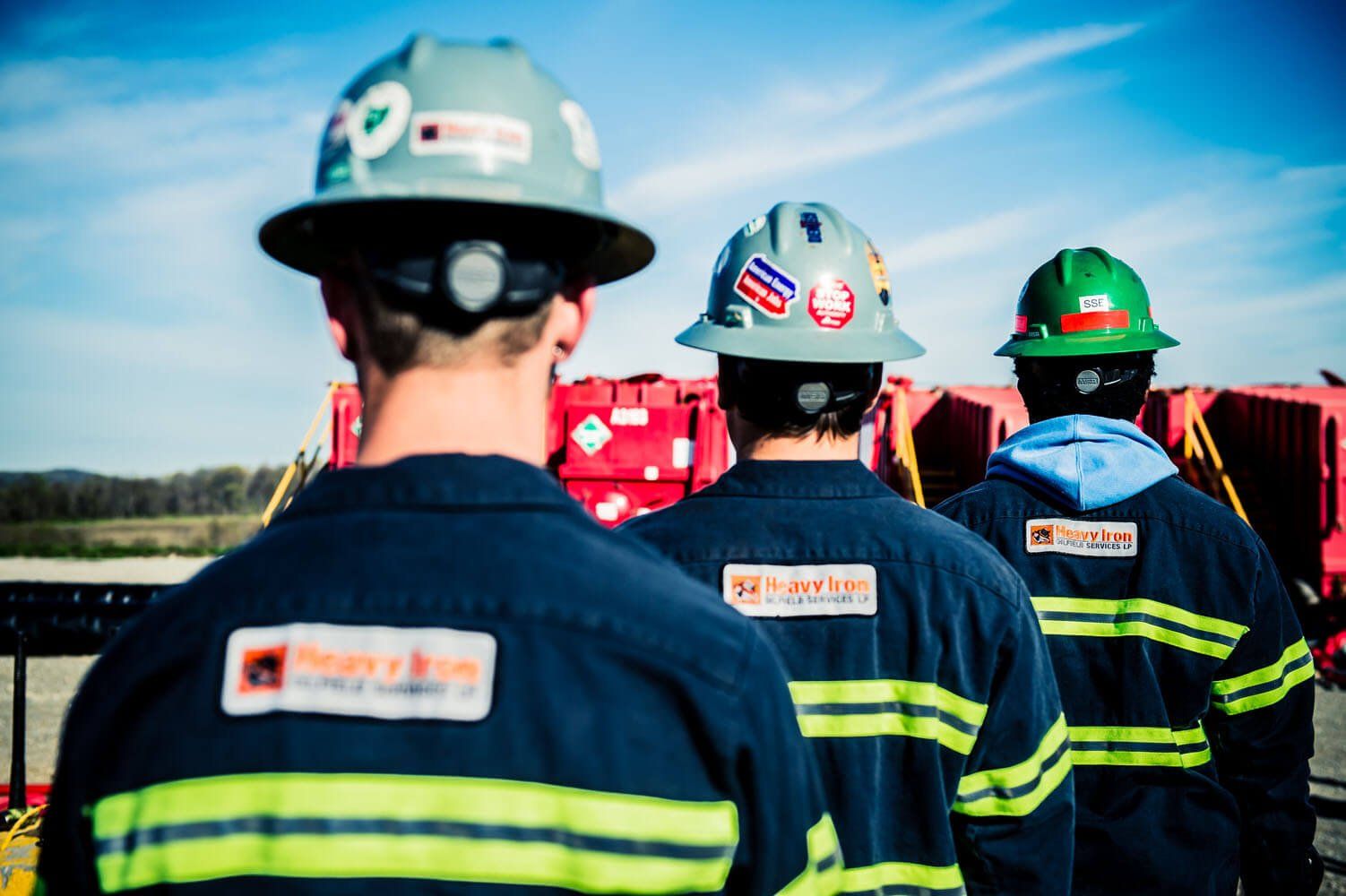HEAVY IRON NEWS
Refracturing Can Help Oil Bounce Back
- By Design Team
- •
- 18 Aug, 2015
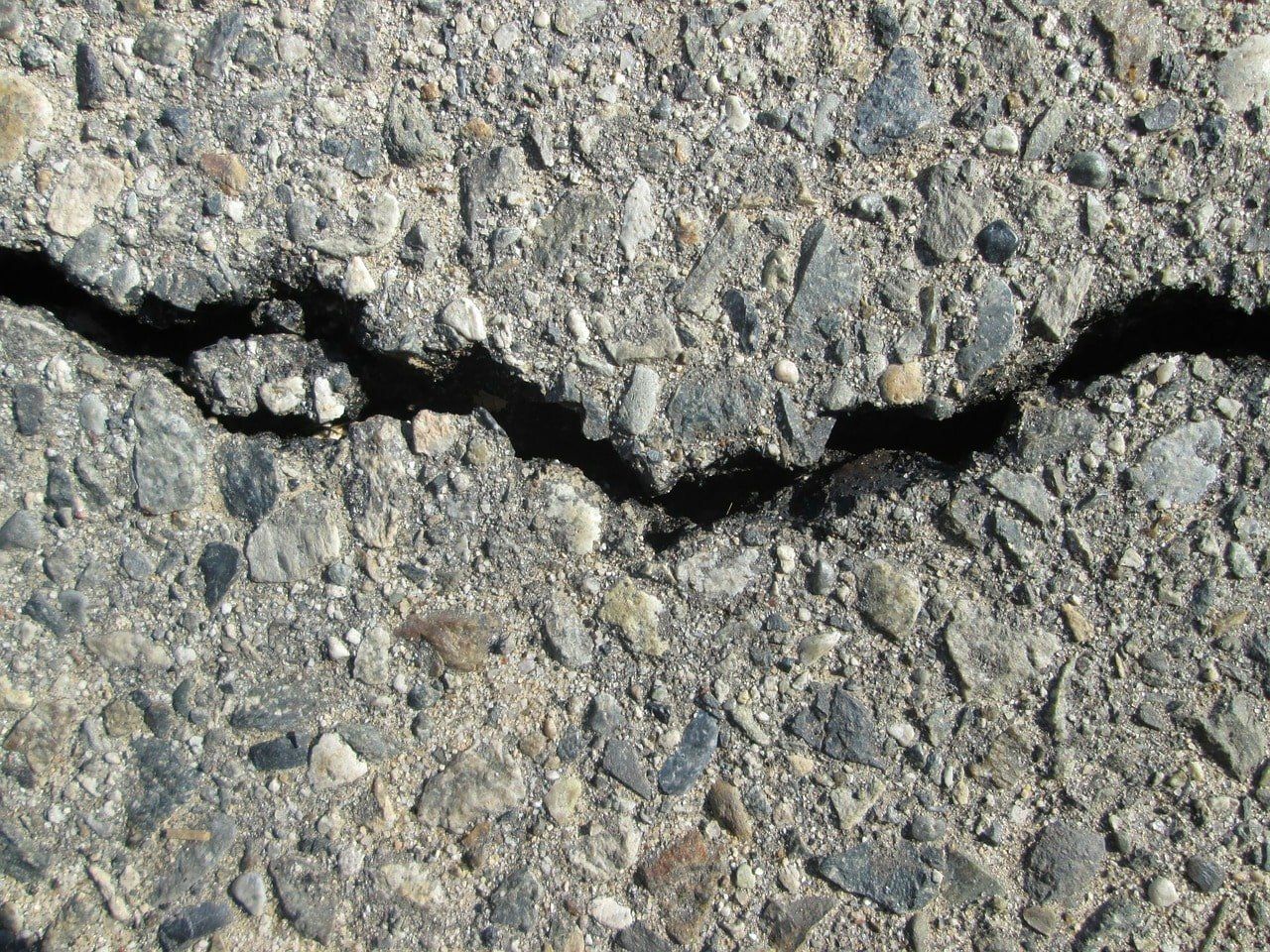
THE PROBLEM OF MORE OIL
The oil industry decline did not occur naturally. Instead, it was hastened by external forces. Once American shale oil was introduced into the global market, American oil producers became a force to be reckoned with. Naturally, this alarmed many of the oil industry leaders throughout the globe. As cheap American oil entered into the market, the Organization of Petroleum Exporting Countries took action to attempt to slow its rise.
Though there was a large amount of shale oil entering into the market, the actual price decreases were driven primarily through a manufactured surplus, created through market manipulations headed by Saudi Arabia. As American oil producers gained an advantage in the global market, Saudi Arabia reacted by pressuring OPEC to decrease their own oil prices and to maintain this price decrease beyond what was reasonable. Though not every country in OPEC was on board, they ultimately agreed with the strategy.
The result was a market that was flooded with surplus oil, making it difficult for the American oil and gas companies to compete with foreign oil on a global scale. Saudi Arabia's goal in this was to slow down the oil production and growth in America and to keep America and other countries reliant on their significant oil stores, which is the primary basis of their economy.
RECOVERING THE OIL INDUSTRY THROUGH REFRACTURING
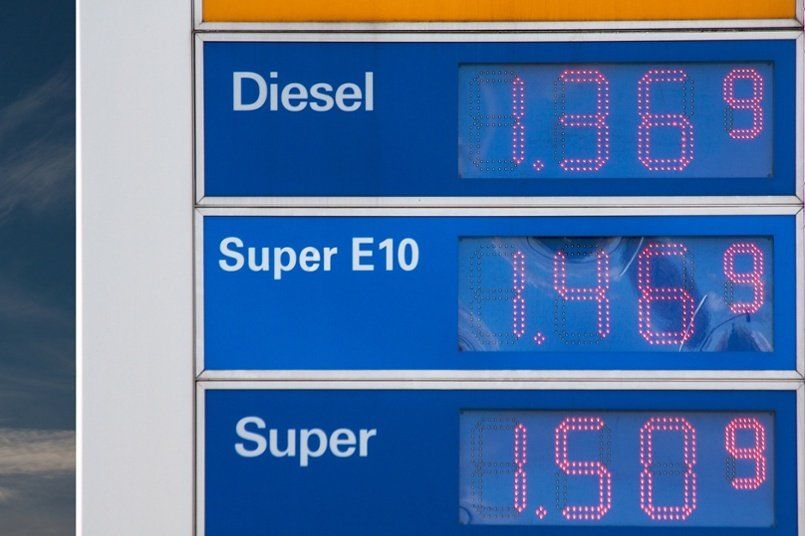
The more often refracturing is used to recover shale oil, the cheaper oil will become to produce, and the easier domestic oil producers will find it to meet plummeting oil prices. Though manufacturers may still be making less money per barrel, they will be producing more barrels and thus making more in revenue overall.
Refracturing also has a few other positive side benefits that aren't just applicable to those within the oil industry. Refracturing will support lowered oil costs, which will be better for the domestic economy, in addition to the oil and gas companies. By lowering domestic oil costs, the United States oil producers could beat Saudi Arabia and OPEC’s prices within the market while still bringing in consistent revenue and growing steadily. As history has shown, whenever oil is at its cheapest, the economy as a whole fairs better.Subscribe to Email Updates
Recent Post
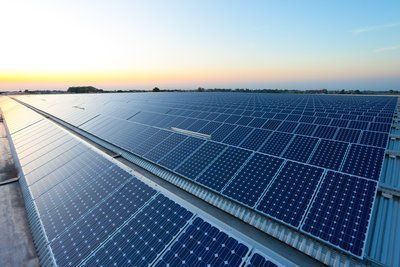
| A new project in development in Oman may be able to revolutionize the way that people think about solar energy and oil and gas. The Miraah project currently being developed will use solar power in order to produce oil, thereby reducing the amount of natural gas Oman residences will need to rely upon. Ideally, the Miraah project will be able to address many of the outstanding issues with solar technology related to energy capture, while creating a more efficient and effective method of oil production. |
